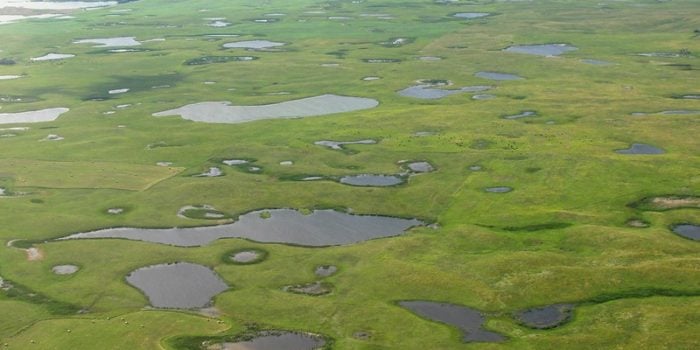cross-posted from: https://hexbear.net/post/596865
Following on the heels of a Supreme Court ruling in Sackett v. EPA in May, the Biden administration recently approved an amendment that weakens Clean Water Act protections for wetlands. The EPA regulation language on wetlands was amended — while excluding the standard public review process — with EPA administrator Michael Regan stating there was “no alternative” due to the court’s ruling.
Despite claims from the Biden administration and the EPA that their hands are tied, the Sackett ruling — along with any other Supreme Court rulings — could be overturned by Congress if the political will existed to do so. While many individual states could pass their own protections for wetlands that supersede the EPA regulations, 20 U.S. states have statutes in place that prohibit them from having regulations that are more stringent than federal regulations. Environmental organizations, Native tribes and others are opposing the Supreme Court ruling and EPA regulation change, and there are likely to be lawsuits against this rollback of wetland protections.
More than 50% of U.S. wetlands have been destroyed since colonization began. Why does this matter? Who wants a swamp in their backyard anyway?
Developers and agricultural interests have led the charge of draining, filling in and paving over wetland areas, which are everything from ephemeral vernal pools, swamps, bogs, and coastal salt marshes, to waterlogged floodplains around rivers and lakes. Many wetlands disappear above ground during dry times and re-emerge during rainy periods. All wetlands are crucial to flood prevention and drought, acting as sponges for rainfall and holding water above or below ground during dry times to continue feeding plant life. Just one acre of wetland can store over one million gallons of flood waters.
More in the link!


